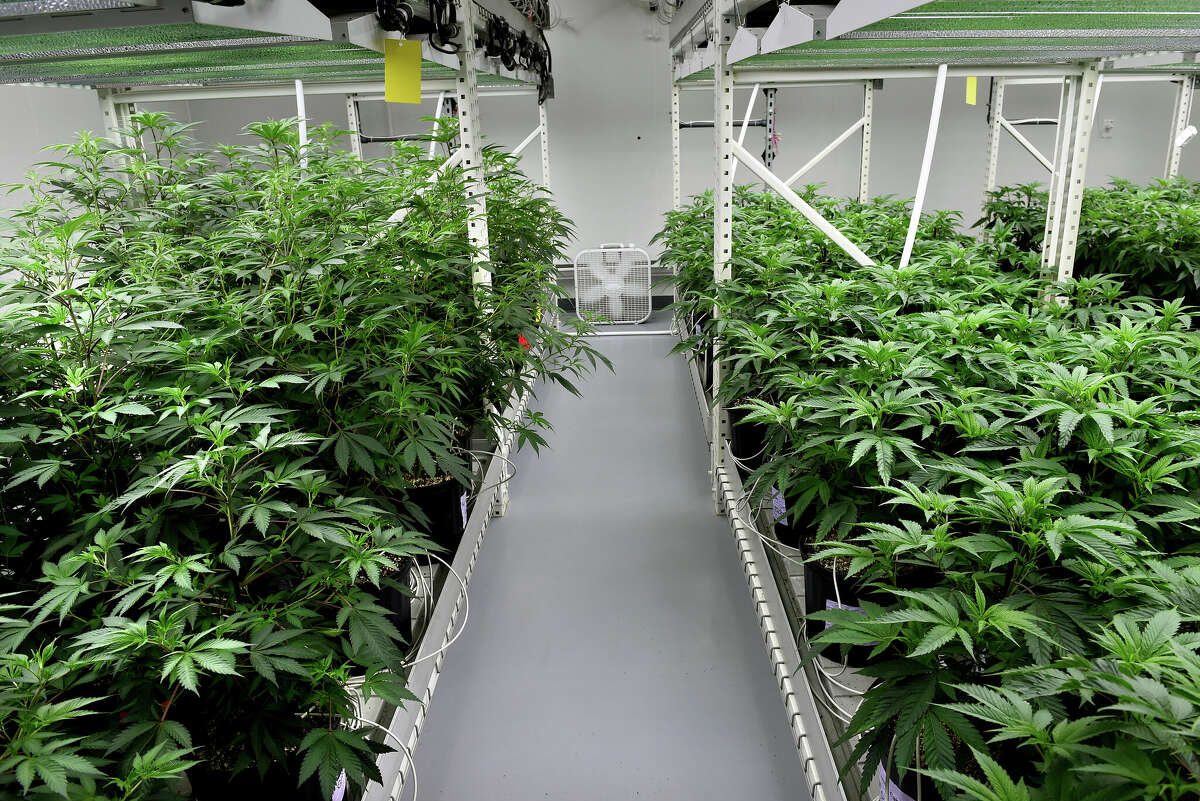Recently, New Frontier Data published a paper that provides crucial advice for beginning and future cannabis producers to take into account in order to succeed.
Gary Allen, CEO of New Frontier Data, claims that operators may take advantage of the enormous market opportunity created by the ongoing activation of new legal markets by basing their strategic plans on the seven variables listed in the research.
In 2030, New Frontier Data predicts that the United States will produce more than 27.7 million pounds of cannabis. This is way beyond the seven million records in 2020. The paper also identifies a change in the types of cannabis that are legally sold on the East Coast, with the way cannabis is grown in new markets being impacted by the shift from West Coast markets.
Given the length and depth of winters in the North or the summer humidity in the South, different climatic circumstances will favor controlled facilities over outdoor production.

Considerations listed in the paper include resource efficiency, automation, and the need for particular products. Although the flower is still the most popular product, value-added items like vapes, edibles, and topicals account for half of all legal product sales.
As a result of increasing product quality and diversity brought about by innovation, customer interest in these new items is expected to expand steadily. The research also emphasizes how critical it is to change with the times to succeed.
According to the paper, the most prosperous operators will be those who plan for where the market is going rather than where it is right now. It indicated that the producers in new markets might enjoy a period of high margins and low competition.
Moreso, those who are adaptable and can consider how a changing climate may affect their operations will succeed in the sector.
In the end, the Frontier Data report provides prospective cannabis growers with helpful advice on how to maximize production in recently legalized markets. Producers may benefit from the ongoing activation of new legal markets by preparing and adapting for the future and considering aspects like resource efficiency and product demand.




